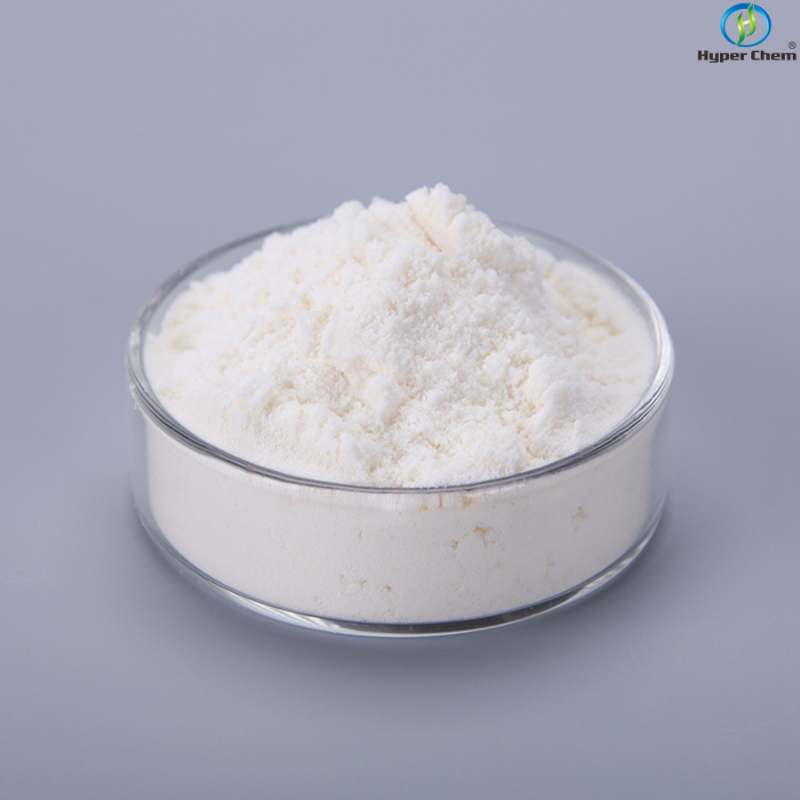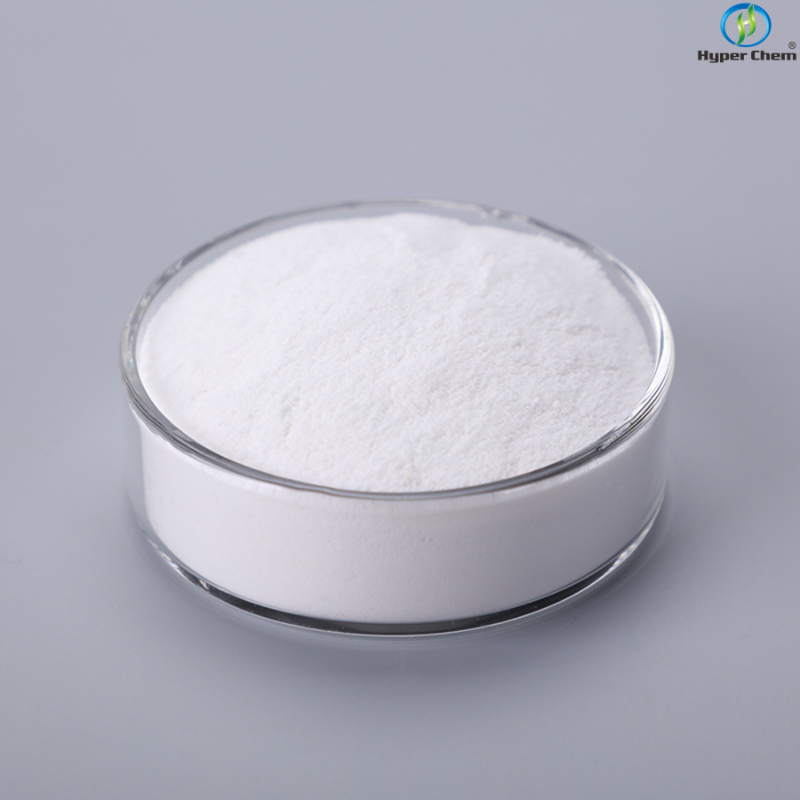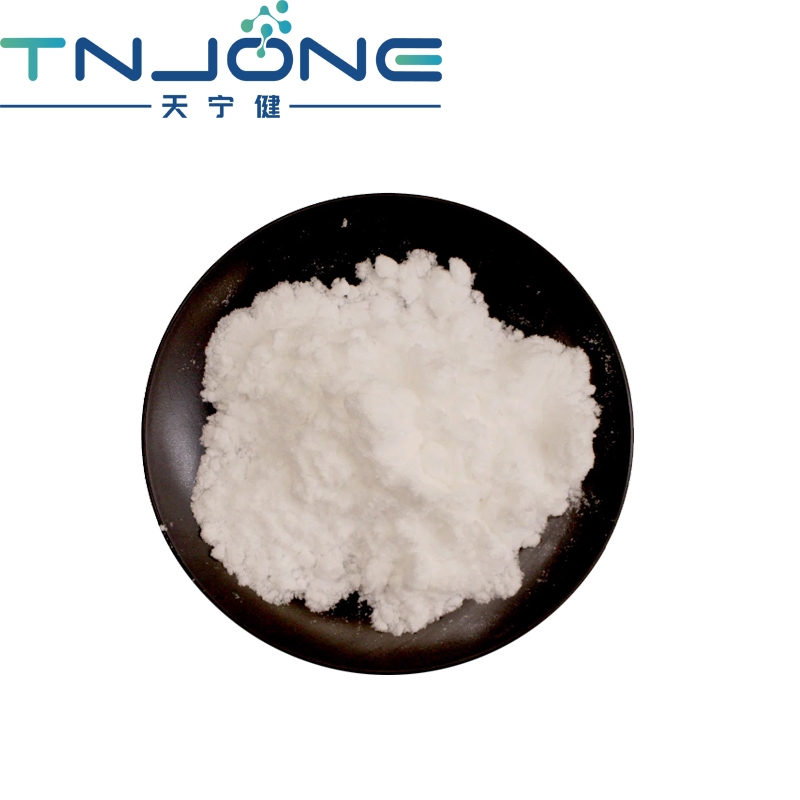-
Categories
-
Pharmaceutical Intermediates
-
Active Pharmaceutical Ingredients
-
Food Additives
- Industrial Coatings
- Agrochemicals
- Dyes and Pigments
- Surfactant
- Flavors and Fragrances
- Chemical Reagents
- Catalyst and Auxiliary
- Natural Products
- Inorganic Chemistry
-
Organic Chemistry
-
Biochemical Engineering
- Analytical Chemistry
-
Cosmetic Ingredient
- Water Treatment Chemical
-
Pharmaceutical Intermediates
Promotion
ECHEMI Mall
Wholesale
Weekly Price
Exhibition
News
-
Trade Service
To date, chemotherapy outcomes in elderly patients with Philadelphia (Ph) chromosome-negative B acute lymphoblastic leukemia (ALL) are still very poor, with a 5-year productivity of only 6%-20% , and new and effective treatments are urgently needed
.
CD19 is expressed on most precursor B-ALL cells and is a potential therapeutic target
Chemotherapy remains very poor in elderly patients with Philadelphia (Ph) chromosome-negative B acute lymphoblastic leukemia (ALL), with a 5-year productivity of only 6%-20% leukemia
The anti-CD19 bispecific T cell-binding antibody Blinatumomab (blinatumomab) has demonstrated significant antitumor activity in both relapsed/refractory ALL and minimal residual disease (MRD)-positive B-ALL
.
In this study, investigators evaluated the efficacy of blinatumomab as induction and consolidation therapy followed by maintenance chemotherapy with prednisone, vincristine, 6-mercaptopurine, and methotrexate (POMP) in this patient population.
Efficacy and safety
.
Treatment process
Treatment processNewly diagnosed Ph-chromosome-negative B-ALL patients aged 65 years and older were recruited for 1-2 cycles of induction therapy with blinatumomab until remission (complete remission [CR] and CR with incomplete blood count recovery)
.
This was followed by three cycles of consolidation with blinatumomab followed by maintenance chemotherapy with POMP for 18 months
prevention
Disease-free survival and overall survival
Disease-free survival and overall survivalA total of 92 patients were recruited, with a median age of 75 years and a median bone marrow blast count of 87% at diagnosis
.
Ten patients (34%) had poor cytogenetic risk, and 5 of 14 patients (36%) had a Ph-like ALL genetic signature
Nine patients (66%) achieved complete remission
Adverse Reactions During Partial Induction Therapy
Adverse Reactions During Partial Induction TherapyIn conclusion, blinatumomab was well tolerated and effective in the treatment of elderly patients with newly diagnosed Ph chromosome-negative B-ALL, including those at poor cytogenetic risk
.
The 3-year disease-free survival and overall survival results were encouraging and suggest that this treatment option deserves further exploration
blinatumomab was well tolerated and effective in the treatment of elderly patients with newly diagnosed Ph chromosome-negative B-ALL, including those at poor cytogenetic risk.
Original source:
Anjali S.
SWOG 1318: A Phase II Trial of Blinatumomab Followed by POMP Maintenance in Older Patients With Newly Diagnosed Philadelphia Chromosome–Negative B-Cell Acute Lymphoblastic Leukemia Leave a Comment







